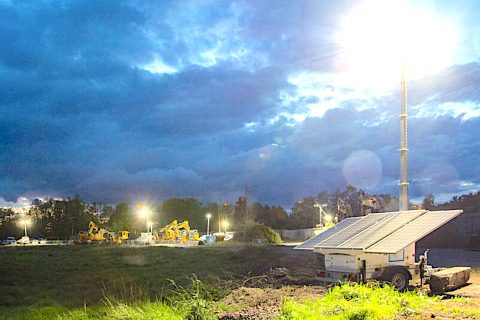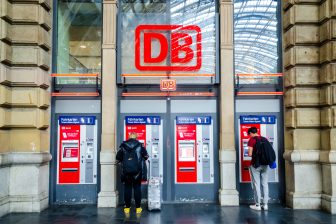
Network Rail faces a billion-pound energy bill
Network Rail, the government agency charged with the care and maintenance of the infrastructure throughout Great Britain, is about to face a ten-figure energy bill for the first time in its history. The combined cost of providing electricity to the network, and all the other fuel costs for infrastructure trains, support vehicles and premises will, in the coming year, run to more than one billion pounds (1.2 billion euros) for the first time ever. The headline figure represents an increase of almost double on any previous year.
Want to read more?
You have read all of your free premium articles for this month. Please become a subscriber to keep reading.
Subscribe now!
Take advantage of our exclusive offer to get full access to all premium content.



